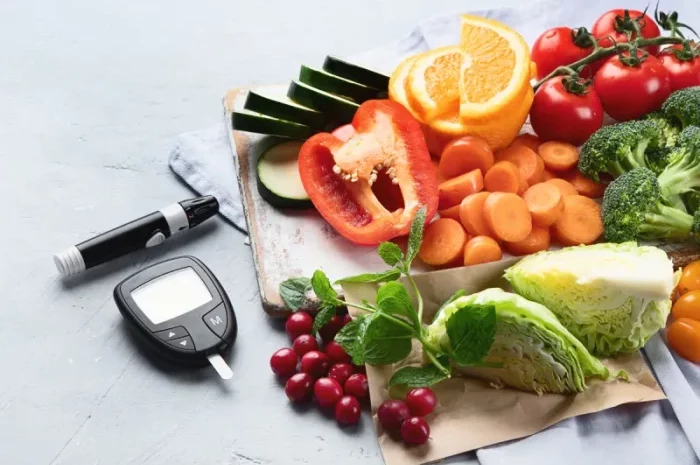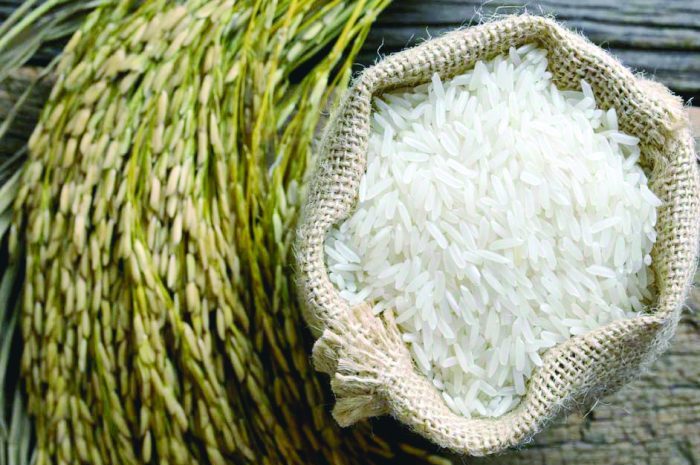Bread, a dietary staple across cultures, often sparks concern for individuals with diabetes due to its carbohydrate content. Yet, with strategic choices, bread can be integrated into a balanced diet without compromising blood sugar stability. This guide explores the science of selecting diabetes-friendly bread, focusing on nutritional principles, top options, and practical strategies to enjoy this beloved food mindfully.
Understanding Carbohydrates and Blood Sugar Dynamics
Carbohydrates are the primary driver of blood sugar fluctuations, as they break down into glucose during digestion. For those with diabetes, managing carbohydrate quality and quantity is key. Two critical metrics guide food choices:
Glycemic Index (GI): Rates how quickly a food raises blood sugar, with low-GI foods (55 or below) causing gradual increases.
Glycemic Load (GL): Accounts for portion size, making it a more accurate measure of impact; low-GL foods (10 or below) are ideal for steady glucose control.
Bread’s effect on blood sugar depends on its ingredients, processing, and fiber content. Refined white bread, stripped of fiber and nutrients, has a high GI (73–80), leading to rapid spikes. In contrast, whole grain and high-fiber options offer slower digestion and sustained energy.
Key Traits of Diabetes-Friendly Bread
Whole Grains as the Foundation
Whole grains retain the bran, germ, and endosperm, packing fiber, vitamins, and minerals. Look for breads where “100% whole wheat,” “whole grain,” or “whole rye” is the first ingredient. These provide soluble fiber, which slows glucose absorption and supports heart health.
Fiber
Aim for at least 3 grams of fiber per slice. Fiber not only aids digestion but also blunts blood sugar spikes by creating a gel-like matrix in the gut, delaying carbohydrate breakdown. Seeds like flax, chia, or psyllium in bread enhance fiber content further.
Minimal Added Sugars
Many commercial breads include hidden sugars (e.g., high-fructose corn syrup, honey, molasses) to improve taste. Always check ingredient lists and choose breads with less than 5 grams of sugar per serving.
Top Bread Options for Stable Blood Sugar
Maintaining steady blood sugar requires selecting breads that balance complex carbohydrates, fiber, and nutrient density. Below are the most effective options, chosen for their low glycemic impact, nutritional benefits, and ability to support metabolic health:
Whole Grain Bread
Considered the gold standard, whole grain breads like whole wheat, rye, or spelt are made from intact grains, preserving their bran, germ, and endosperm. This structural integrity delivers robust dietary fiber (3–5g per slice) and a moderate glycemic index (GI: 50–55), ensuring glucose is released slowly into the bloodstream. Rich in B vitamins, magnesium, and antioxidants, these breads provide sustained energy while supporting heart health and digestive function. Look for labels listing “100% whole grain” as the first ingredient to avoid refined flour imposters.
Sprouted Grain Bread
Crafted from grains that germinate before milling, sprouted grain bread offers superior digestibility and a lower net carb content. The sprouting process breaks down complex starches and antinutrients (like phytic acid), enhancing nutrient bioavailability—vitamins, minerals, and amino acids become more accessible to the body. This results in a gentle blood sugar response, with some varieties boasting a GI as low as 45. Ideal for sensitive digestive systems, it pairs well with lean proteins or avocado for a balanced meal.
Whole Grain Sourdough Bread
Sourdough’s natural fermentation process uses wild yeast and lactic acid bacteria to break down starches and gluten, reducing its GI by up to 20% compared to conventional bread. Opt for whole grain sourdough to add the fiber benefits of intact grains (6–8g of fiber per 100g), creating a nutrient-dense loaf with a tangy flavor. The slow-release carbohydrates in sourdough promote steady energy levels, while its prebiotic properties support gut microbiota, indirectly improving insulin sensitivity.
Low-Carb Alternatives
Ideal for those managing severe hyperglycemia or following a ketogenic diet, low-carb breads are crafted from almond flour, coconut flour, flaxseed, or psyllium husk. These alternatives are low in net carbs (2–5g per slice) but high in healthy fats (7–10g) and protein (5–8g), which slow glucose absorption and enhance satiety. Examples include cloud bread (egg-based) or seed-based loaves, offering texture and satisfaction without sharp blood sugar spikes. Check labels for minimal additives, prioritizing simple ingredients like nuts, eggs, and natural leavening agents.
Whole Rye Bread
Dense and hearty, whole rye bread is a fiber powerhouse (5g per slice) with a low GI (50), making it one of the best choices for sustained glycemic control. Its unique composition includes soluble fiber (beta-glucans) and prebiotics that feed beneficial gut bacteria, supporting a healthy microbiome linked to improved metabolic function. Rye bread also contains lignans, plant compounds with antioxidant effects, further enhancing its role in blood sugar and heart health management.
Each of these options offers distinct advantages, but the key to success lies in pairing them with protein, healthy fats, or non-starchy vegetables to create balanced meals. By prioritizing whole grains, natural processing, and mindful portion sizes, individuals can enjoy bread as part of a diabetes-friendly diet while maintaining stable blood sugar levels. Always check nutrition labels for fiber content (≥3g per slice), minimal added sugars, and transparent ingredients to ensure your choice aligns with your health goals.
Smart Strategies for Incorporating Bread into Your Diet
Read Labels Rigorously: Prioritize breads with whole grains first, minimal additives, and clear fiber/sugar metrics. Avoid vague terms like “multigrain,” which may still include refined flours.
Control Portion Sizes: Even healthy bread should be moderated—limit to 1–2 slices per meal to manage carb intake effectively.
Pair with Protein & Healthy Fats: Enhance stability by combining bread with eggs, avocado, nut butter, or lean meats. These components slow digestion and blunt insulin responses.
Mind the Toppings: Skip sugary spreads like jam or honey; opt for savory, nutrient-dense options like hummus, mashed avocado, or cottage cheese instead.
Homemade Control: Crafting bread at home allows full ingredient control. Experiment with recipes using almond flour, oats, or seeds to create personalized, low-sugar, high-fiber loaves.
Monitoring and Personalization
Every individual’s response to bread varies, so track blood sugar levels before and after meals using a glucose meter. Note how different types and portions affect your body—this data informs tailored choices. For personalized guidance, consult a registered dietitian, who can align your bread intake with overall nutrition goals, ensuring balance and sustainability.
Conclusion
Bread need not be off-limits for those with diabetes; it’s about choosing wisely. Prioritize whole grains, fiber, and minimal additives, and pair with complementary foods to create meals that support steady blood sugar. By combining nutritional science with mindful eating and individual monitoring, you can enjoy bread as part of a vibrant, healthful diet—proof that diabetes management is about balance, not deprivation. Start with small swaps, stay informed, and let bread remain a nourishing, satisfying part of your daily meals.



























